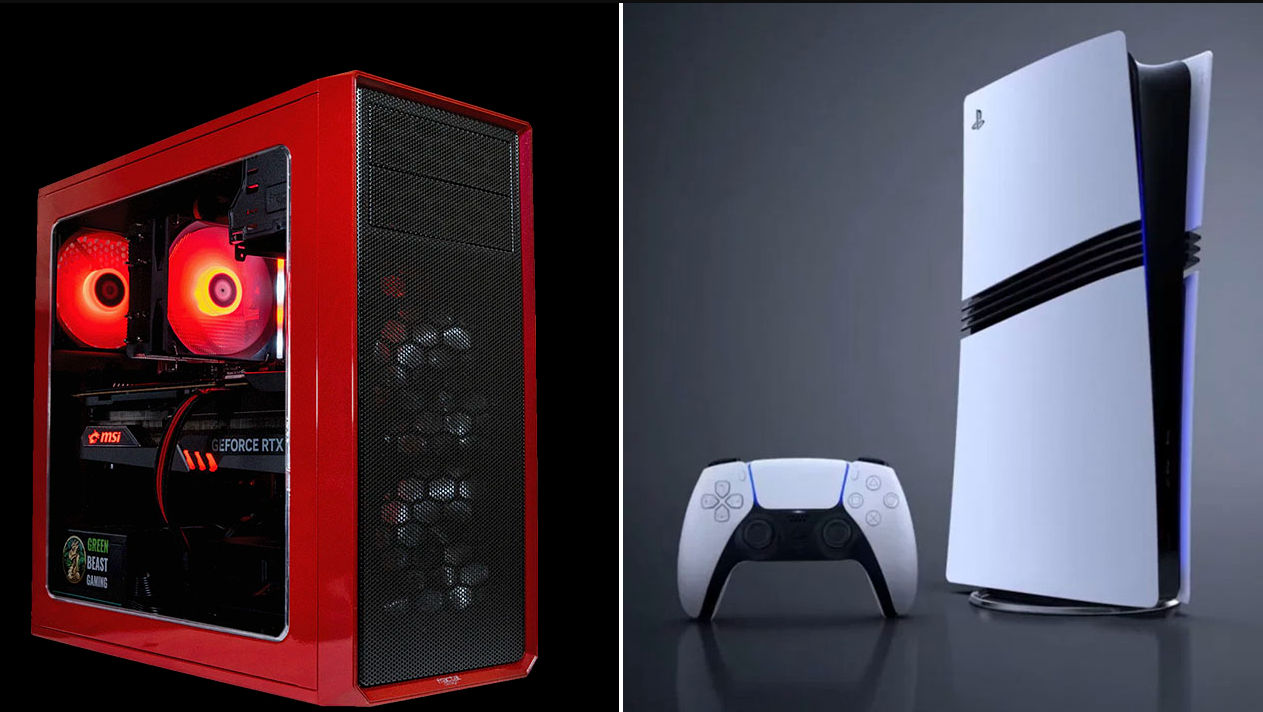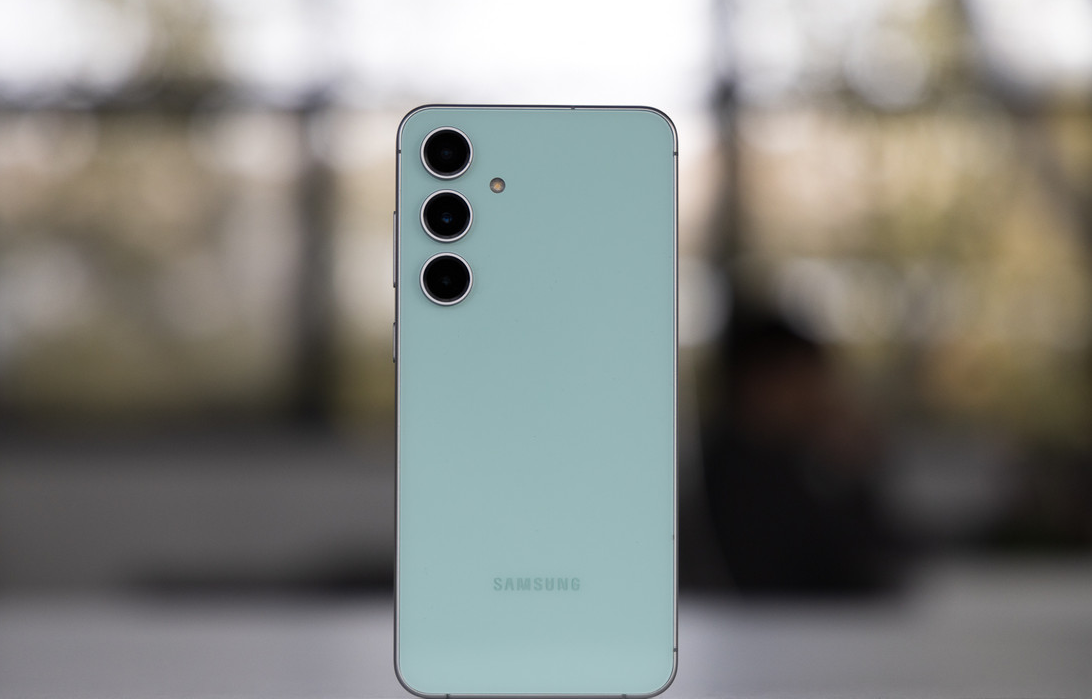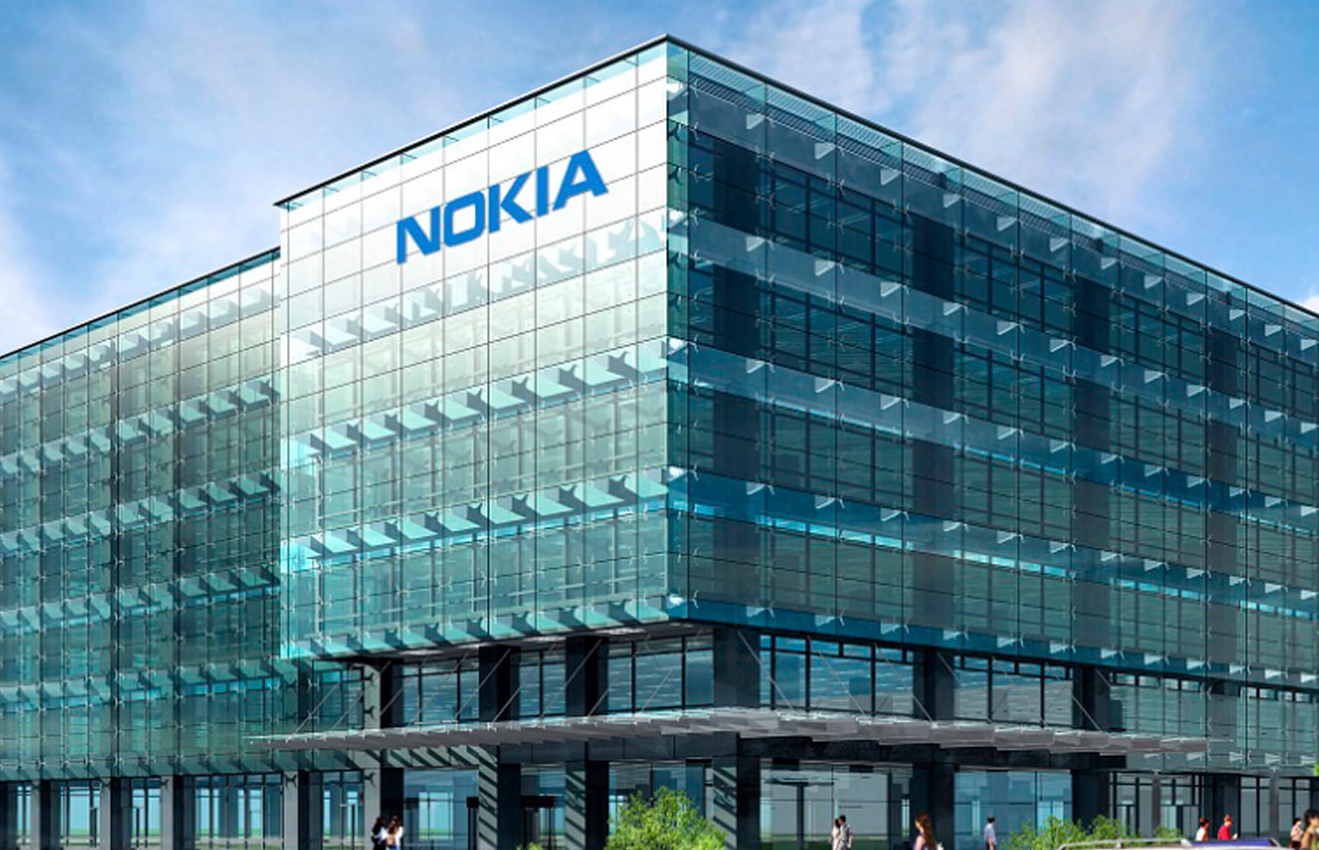Among the many cameras on the market, the Sony A7 III occupies a special place, attracting the attention of professional and amateur photographers alike. This camera is a great combination of advanced technology and usability, making it a powerful tool for creativity. In this review, we take a look at the key features of the Sony A7 III and its potential for creative work.
Sony A7 III specifications table
| Characterisation | Significance |
| Matrix | 24.2 megapixel full-frame Exmor R CMOS |
| Processor | BIONZ X |
| Focusing system | 693 phase autofocus points / 425 contrast autofocus points |
| ISO sensitivity | 100-51200 (expandable to ISO 50-204800) |
| Continuous shooting | Up to 10 frames per second |
| Video recording | 4K UHD up to 30fps, Full HD up to 120fps |
| Image stabilisation | Integrated stabilisation on 5 axes |
| Screen | 3-inch 921k-dot rotary touchscreen LCD display |
| Viewfinder | Electronic OLED with a resolution of 2.36 million dots |
| File Recording | Formats: JPEG, RAW (14 bit) |
| Video formats | XAVC S, AVCHD, MP4 |
| Memory card support | 2 SD card slots (compatible with SDXC/SDHC UHS-I/UHS-II cards) |
| Weight | Approximately 650 g (housing only) |
| Dimensions | 126.9 x 95.6 x 73.7 mm |
| Battery | NP-FZ100 lithium-ion rechargeable battery |
| Other | Built-in Wi-Fi and Bluetooth, dust and water resistant |
These specifications make the Sony A7 III a powerful tool for both still and video photography, delivering high performance and image quality.
Let’s take a little closer look at the main technical advantages of the Sony A7 III.
Excellent image quality
One of the most important aspects of any camera is image quality, and the Sony A7 III doesn’t disappoint in this regard. Featuring a 24.2 megapixel full-frame image sensor and BIONZ X processor, this camera delivers superb sharpness, dynamic range and colour accuracy. With its high sensitivity (up to ISO 204800), the A7 III allows you to shoot in challenging lighting conditions without significant loss of quality.
Outstanding performance and speed
The Sony A7 III offers impressive performance, making it ideal for capturing both static and dynamic scenes. The autofocus system with 693 phase detection points ensures fast and accurate focusing, even on fast-moving subjects. With a fast continuous shooting speed of up to 10fps and buffer memory for 177 compressed RAW files, you’ll never miss a moment you want to capture.
Advanced video recording functions
For those interested in videography, the Sony A7 III offers a wealth of cinematic shooting options. It is capable of recording 4K full pixel readout video with extensive HDR dynamic range. In addition, the built-in 5-axis image stabilisation ensures smooth and stable videos even when shooting on the go.
Comfort and ergonomics
An important aspect of any camera is its usability, especially when shooting for long periods of time. The Sony A7 III has an ergonomic design with a comfortable grip that provides a secure grip. It also features a high-resolution electronic viewfinder and a swivelling LCD touchscreen for ease of framing and viewing images.
Additional features
The Sony A7 III offers a wide range of additional features that enhance the photo and video shooting experience, making it a more convenient and versatile creative tool. Here are some of them:
- Eye AF and Face Detection: Eye AF and Face Detection make shooting portraits more accurate and convenient, allowing you to capture expressive moments with high detail.
- 5-axis image stabilisation system: This function helps to make images clearer and more stable, especially when shooting at slow shutter speeds or in low-light conditions.
- Silent Shooting: Silent Shooting mode allows you to take pictures without shutter noise, which is especially useful when shooting in quiet situations or with sensitive subjects.
- Dual SD Card Slots: Having two memory card slots allows you to save duplicate files or record photos and videos on different cards, increasing data security.
- Bluetooth and Wi-Fi: Built-in Bluetooth and Wi-Fi modules provide easy connectivity to smartphones and tablets for image transfer and remote camera control via the Sony app.
- Interval Shooting and Time-Lapse: The Interval Shooting and Time-Lapse feature allows you to capture compelling videos based on long-term time lapses, showing changes over time.
- S-Log3 and HLG (Hybrid Log-Gamma): These colour modes extend the dynamic range and provide greater flexibility for colour correction and colour grading in video post-processing.
- Pixel Shift Multi Shooting mode: This function allows you to create high-quality images with increased resolution by shifting the sensor and combining multiple frames into a single image.
These additional features make the Sony A7 III a powerful and flexible tool for photographers and videographers, allowing them to unleash their creativity and excel in their work.
Benefits of the Sony A7 III
- Full-frame sensor: Featuring a full-frame sensor, the A7 III delivers high image quality with excellent detail and dynamic range.
- AF performance: An autofocus system with 693 phase detection points makes focusing fast and accurate, especially when shooting fast-moving subjects.
- High-speed continuous shooting: The ability to shoot up to 10 frames per second makes the A7 III ideal for capturing dynamic scenes.
- High-quality video recording: The ability to record 4K video with extensive HDR dynamic range makes the A7 III attractive to videographers.
- 5-axis image stabilisation system: This function helps to make pictures clearer and more stable, especially when shooting at slow shutter speeds or when using telephoto lenses.
- Dual memory card slots: The ability to use two memory cards provides additional data storage and increases the security of file recording.
Disadvantages of the Sony A7 III
- Price: Compared to some other cameras on the market, the Sony A7 III can be an expensive purchase for some consumers.
- Limited video features: Despite its high quality video recording, the A7 III may have a limited set of video features compared to some competitors.
- Limited lens selection: Although the selection of lenses for the Sony E-mount system is constantly growing, some users may find limitations when compared to more common systems such as Canon or Nikon.
- Built-in Viewfinder: Some users may not like the quality or location of the built-in viewfinder, preferring separately purchased optical viewfinders.
Conclusion
The Sony A7 III is a camera that combines advanced technology with ease of use, making it an attractive choice for a wide range of users. With it, you can easily bring your creative ideas to life, producing high quality images and videos. If you’re aiming for high-quality photos and videos, the Sony A7 III is definitely worth your consideration.
Take your next step in the world of camcorders with reBITme.com and enjoy the benefits. Enjoy your shopping!




